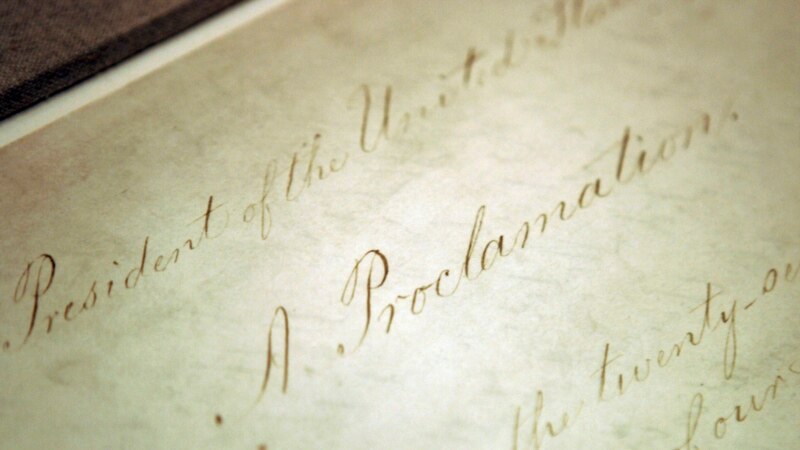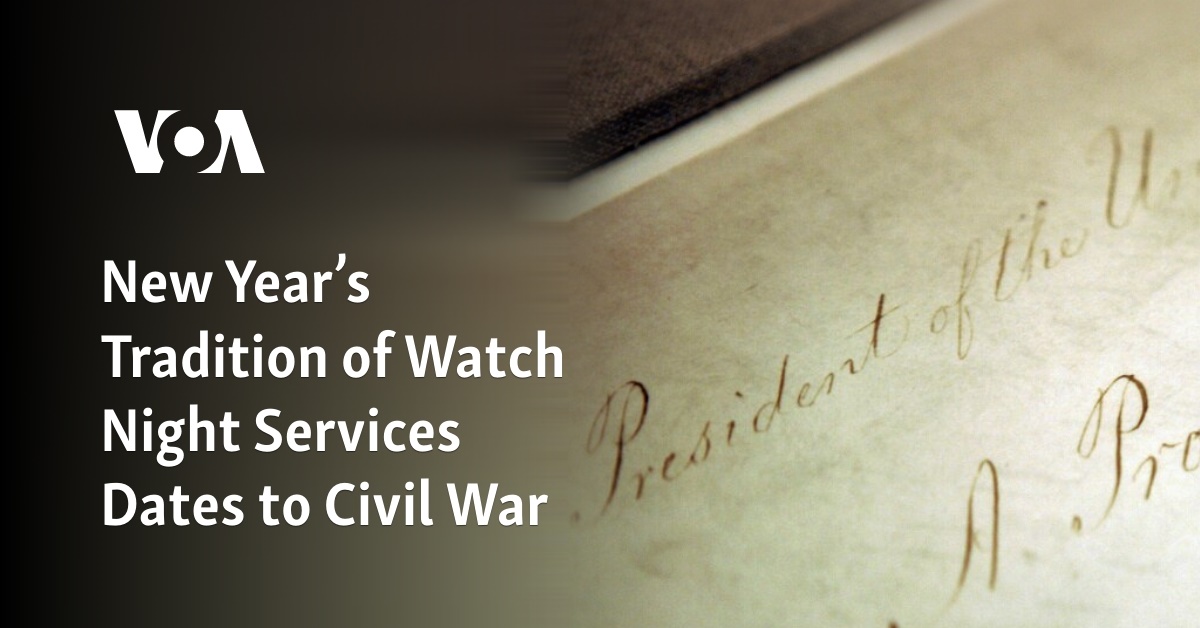This website uses cookies so that we can provide you with the best user experience possible. Cookie information is stored in your browser and performs functions such as recognising you when you return to our website and helping our team to understand which sections of the website you find most interesting and useful.


The tradition of Watch Night services in the United States dates back to December 31, 1862, when many Black Americans gathered in churches and other venues, waiting for President Abraham Lincoln to sign the Emancipation Proclamation and thus free those still enslaved in the Confederacy.
It's still being observed each New Year's Eve, at many multiracial and predominantly Black churches across the country.
What is the historical background of Watch Night services?
As the Civil War raged on, Lincoln issued a preliminary decree on September 22, 1862, declaring that enslaved people in the rebellious Confederate states were legally free. However, this decree — the Emancipation Proclamation — would not take effect until the stroke of midnight heralding the new year.
Those gathering on the first Watch Night included many African Americans who were still legally enslaved as they assembled, sometimes in secrecy.
"At the time, enslaved Black people could find little respite from ever-present surveillance, even in practicing their faith," according to the National Museum of African American History and Culture. "White enslavers feared that religion, which was often used to quell slave resistance, could incite the exact opposite if practiced without observance."
How have Watch Night traditions evolved?
Over its 160-year history, Watch Night has evolved into an annual New Year's Eve tradition — it not only commemorates freedom from slavery, but also celebrates the importance of faith, community and perseverance.
This description from the African American museum offers some details:
"Many congregants across the nation bow in prayer minutes before the midnight hour as they sing out ‘Watchman, watchman, please tell me the hour of the night.' In return the minister replies ‘It is three minutes to midnight'; 'it is one minute before the new year'; and 'it is now midnight, freedom has come.'"
The museum notes that the Watch Night worship services were traditionally followed by a "fortuitous meal" on New Year's Day, often featuring a dish called Hoppin' John.
"Traditionally, Hoppin' John consists of black-eyed peas, rice, red peppers, and salt pork, and it is believed to bring good fortune to those who eat it," the museum says. "Some other common dishes include candied yams, cornbread, potato salad, and macaroni and cheese."



 Africana55 Radio
Africana55 Radio 
